Did you have “spy balloon sparks international incident” on your 2023 Bingo card? We definitely did not.
However, in proving that truth is sometimes stranger than fiction, a spy balloon from China did just that as it drifted across the continental United States last week.
First spotted by a resident of Billings, Montana, on 01 February, the balloon set off a cacophony of theories as to what it was doing, who it belonged to, what it was carrying, and even whether it could be nefarious. Ultimately, the craft was shot down over the Atlantic Ocean by the United States military on 04 February as it exited off the coast of Myrtle Beach, South Carolina.
The incident led to a ground stop at several airports in the eastern Carolinas in what the U.S. Department of Defense called a “national security effort.”
Of course, the shootdown of the balloon on Saturday has not stopped rampant speculation over the exact nature of what China called a “civilian meteorological research mission.”
Yeah. Okay.
Anyway, we will let the authorities and pundits debate the unanswered questions as the investigation continues.
For now, let us take a trip back in time and explore the surprisingly fascinating history of spy balloons.
Spy Balloons During the Civil War
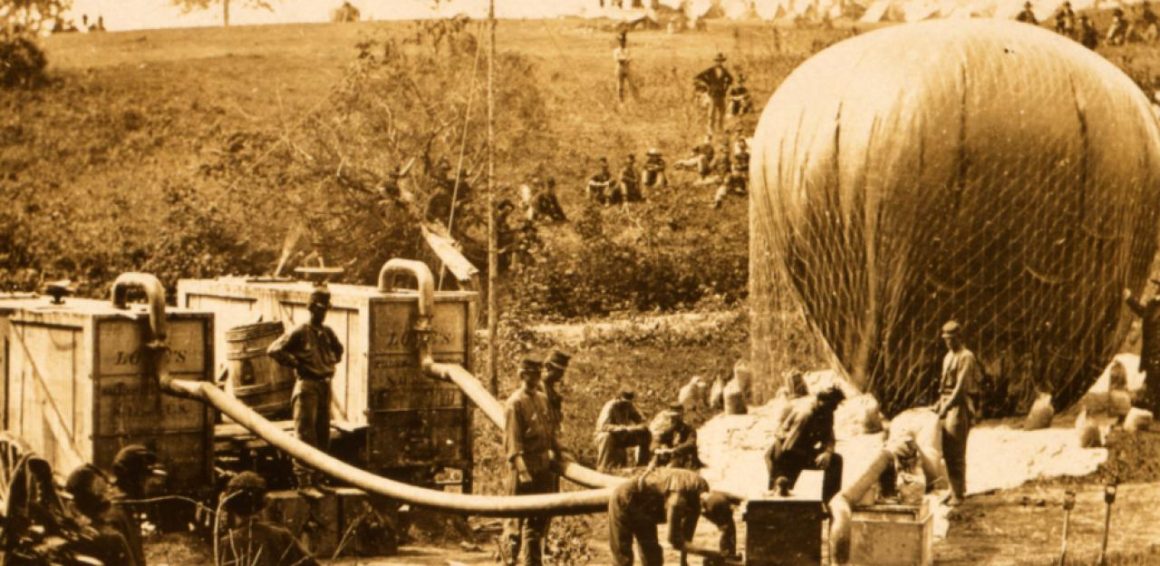
Spy balloons are a relatively secretive aspect of military intelligence gathering, but they have a long and storied history dating back to the American Civil War. The use of balloons for military reconnaissance dates back to the 1790s, but it wasn’t until the mid-19th century that militaries began to realize their value as a tool for spying.
The first recorded use of a spy balloon was during the Civil War when both Union and Confederate forces used them to gather information on enemy positions and movements. Balloons were lifted into the air and equipped with telescopes or cameras to collect images and information from above. This data provided military commanders with a bird’s-eye view of the battlefield, allowing them to make better strategic decisions and coordinate their forces more effectively.
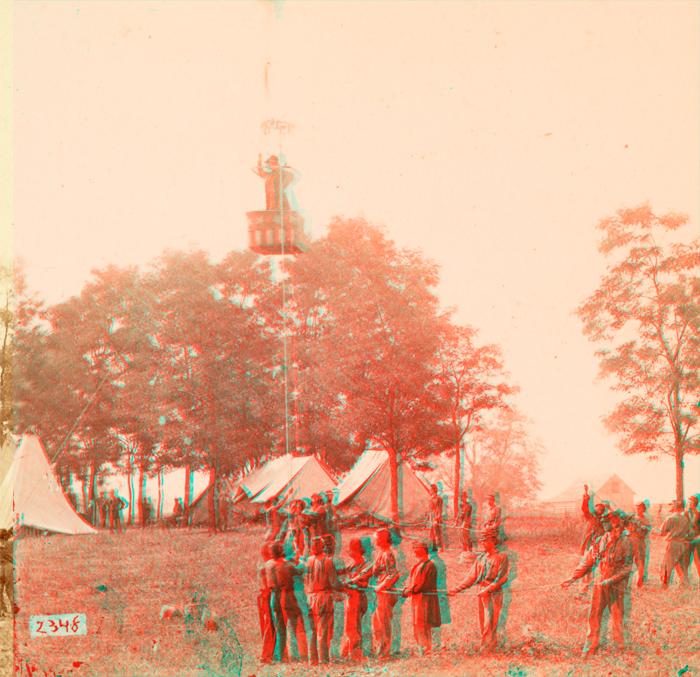
Spy Balloon Technology Advances During the World Wars

During World War I, the use of spy balloons became more widespread and sophisticated. The German army, for example, used balloons equipped with cameras to gather intelligence on Allied forces, while the British used balloons to monitor enemy troop movements and report on the effectiveness of their own artillery. Observers would often man the balloons, who would radio back the information they gathered to the ground, where it would be analyzed and used to plan operations.
In the interwar period, the development of lighter-than-air aircraft like blimps and dirigibles made spy balloons largely obsolete. However, they remained a valuable tool for military intelligence during World War II, particularly for the Allies. The British and American intelligence services used balloons to monitor the movements of German and Japanese forces, as well as to gather information on enemy infrastructure and supplies. The balloons, often fitted with cameras and other surveillance equipment, were designed to fly at high altitudes to avoid detection.
Spy Balloons Were Vital in Winning the Cold War
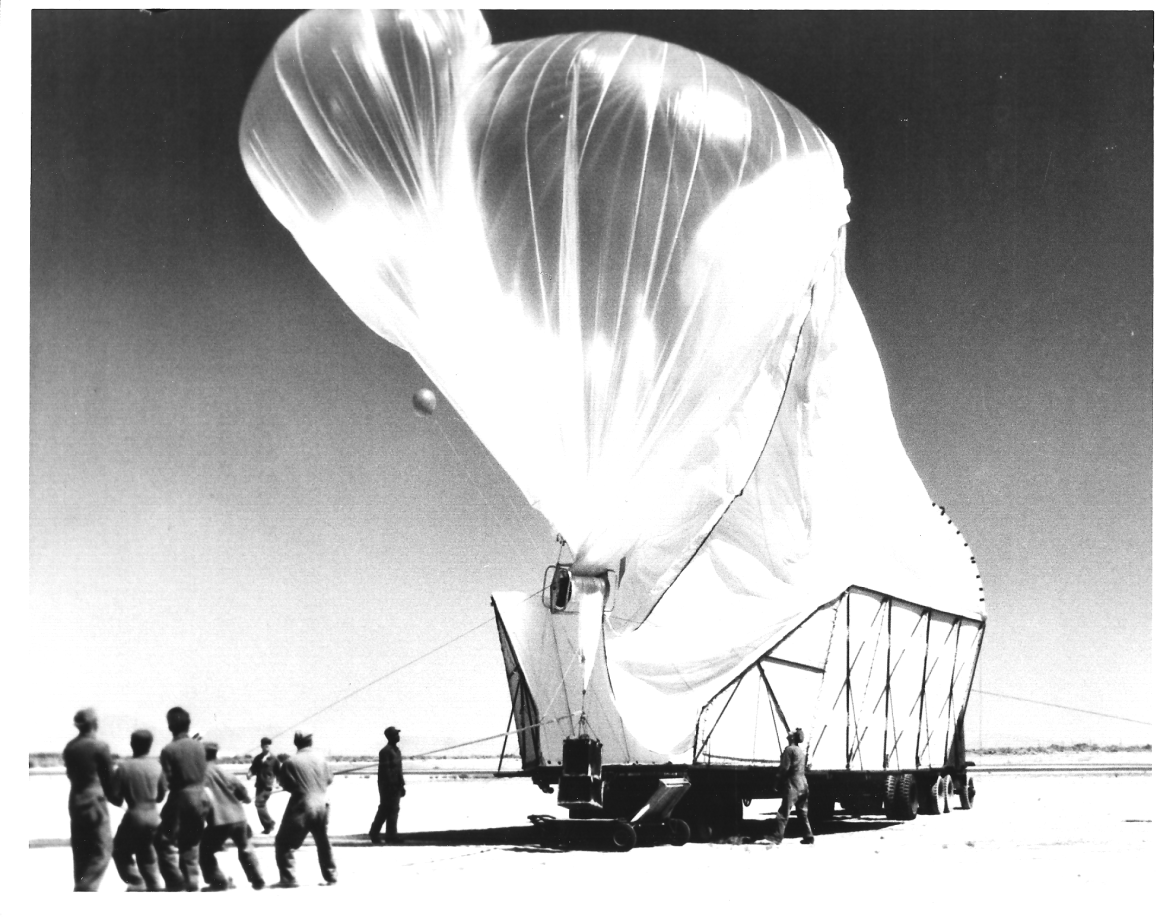
The United States used spy balloons during the Cold War to gather intelligence on the Soviet Union and its allies. The U.S. would launch the balloons into the air from super-remote locations. They would then float high above the Earth, transmitting data back to the U.S. for analysis.
The use of spy balloons was a response to the increasing threat posed by the Soviet Union during the Cold War. The U.S. government was concerned about the development of nuclear weapons and other military capabilities by the Soviet Union and sought to gather as much information as possible about the country’s activities. Spy balloons provided a cost-effective and relatively low-risk way of gathering this information, as they could launch from remote locations and were difficult to detect.
One of the most notable examples of a spy balloon mission was Project Moby Dick, which took place in the mid-1950s. This operation involved launching hundreds of balloons over the Soviet Union, each carrying a variety of sensors and cameras. The balloons flew at exceptionally high altitudes, where they were beyond the reach of Soviet anti-aircraft defenses.
Although the use of spy balloons was effective in gathering intelligence, it was not without its challenges. The balloons were vulnerable to high winds, which could cause them to crash or drift off course. Additionally, the Soviet Union developed countermeasures to detect and shoot down the balloons, making it more difficult for the U.S. to gather information.
Despite these challenges, the use of spy balloons remained a vital part of the U.S. intelligence-gathering efforts during the Cold War. Today, many of the technologies and techniques developed during this period continue to benefit modern surveillance and reconnaissance systems.
Spy Balloons in the Modern Era
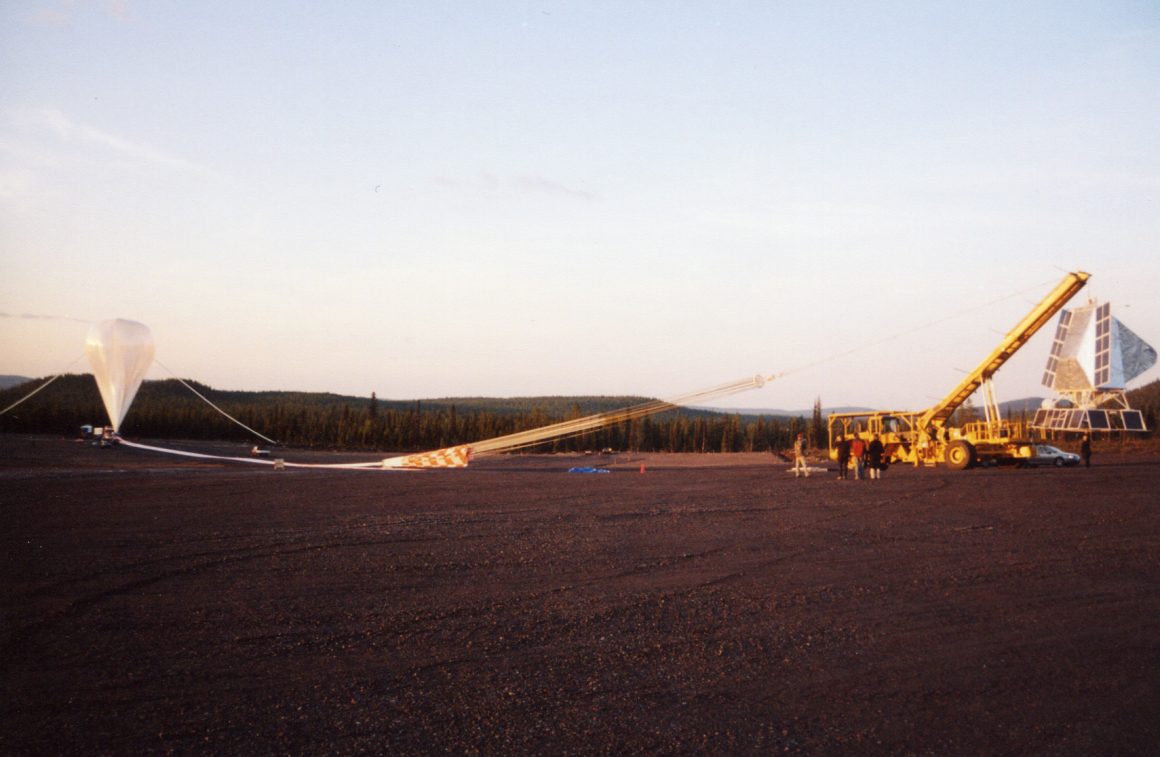
Since the Cold War, the use of spy balloons declined as more advanced technologies like satellites and unmanned aerial vehicles (UAVs) became available. However, they have continued to be used for intelligence gathering in certain situations, particularly where satellites and UAVs are not practical or feasible. For example, spy balloons have been used in recent years to monitor border areas and gather information on natural disasters and other events.
One of the most interesting uses of spy balloons in recent years has been for environmental monitoring. Balloons equipped with sensors gather information on atmospheric conditions, such as temperature, pressure, and humidity, as well as monitor air quality and the presence of pollutants. This information is crucial for understanding the Earth’s atmosphere and how it is changing, and it has helped to inform environmental policy and decision-making.
The Future of Lighter-than-Air Aerial Espionage
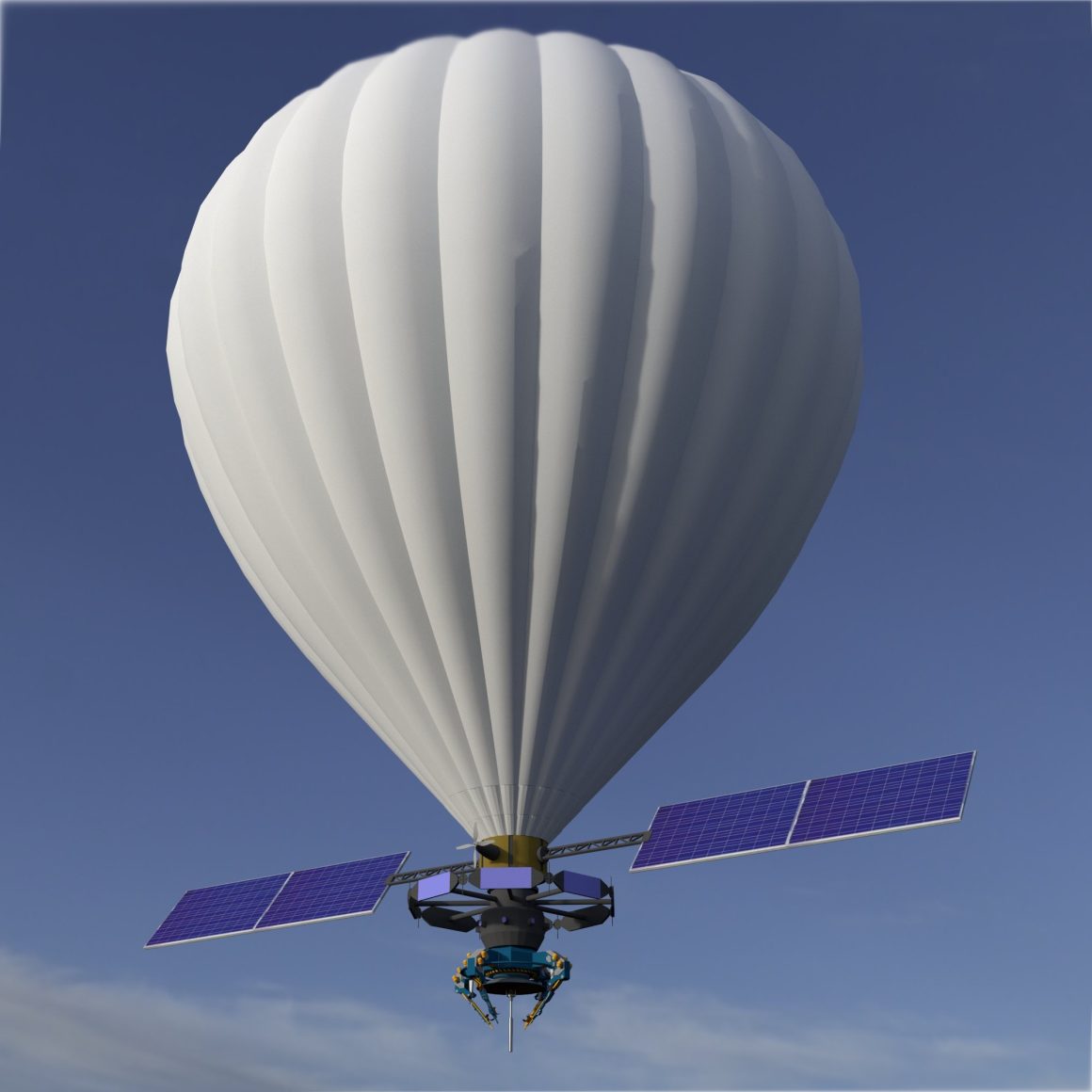
In the years to come, the importance of spy balloons will only continue to increase as the demand for surveillance and reconnaissance capabilities evolve in an ever-more complex and interconnected world.
With the rise of terrorism, cybercrime, and other security threats, organizations and governments are seeking new and innovative ways to gather intelligence and protect their citizens. Spy balloons offer a cost-effective and relatively low-risk solution to these challenges, as they have launch capabilities from remote locations and are difficult to detect. Additionally, their ability to gather information from above and to operate in areas where other technologies are not feasible makes them valuable tools in a wide range of scenarios.
Despite these advantages, ethical challenges remain. For example, governments will need to address privacy and security issues, as spy balloons can collect sensitive information about individuals and organizations. Additionally, the development of countermeasures by potential adversaries will continue to threaten the effective use of spy balloons.
From the Civil War to the China Spy Balloon Crisis of 2023, spy balloons have a rich and fascinating history. From their use on the battlefield to their role in environmental monitoring, these lightweight and versatile aircraft have provided valuable information and insights in countless situations. While their use has declined in recent years with the advent of more advanced technologies, spy balloons will no doubt continue to play an important role in military intelligence and scientific research in the decades to come.
In the meantime, enjoy this hilarious collection of memes about the Chinese spy balloon.
